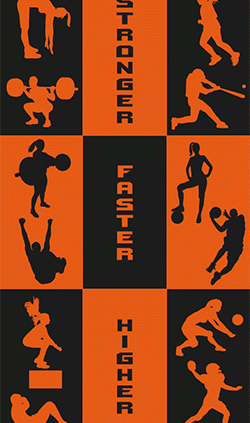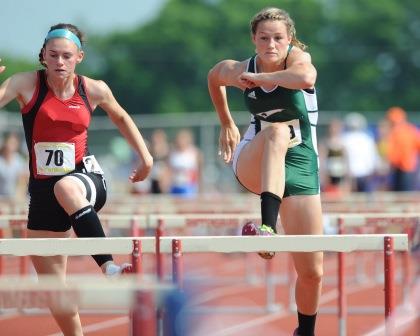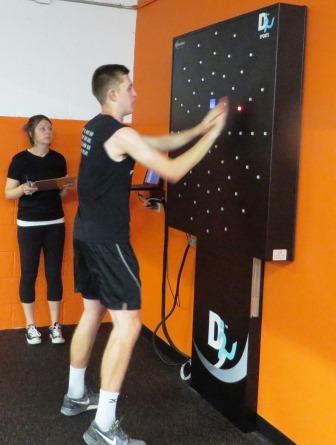Speed and Agility for Lacrosse
Lacrosse is a game that incorporates many sports into one. It is a fast paced game in which momentum changes rapidly and the speed of the game changes in the same fashion. There are great articles written on speed but not many on deceleration of speed and the ability to change direction. Becoming fast is a great thing and learning to accelerate is another benefit that any athlete needs and should work on. The ability to accelerate, cut and then re-accelerate is desired. This capability is a benefit and one that trumps pure speed, especially in a sport which involves significant movement and multi direction play.
Deceleration is the ability to decrease velocity, or to decrease force production. Teaching athletes to decelerate properly is important for their sport but more importantly it’s key to injury prevention. Teaching proper angles and breaking is more valuable than instruction on how to run in a straight line. In most sports running a continuous straight line is rare beyond the 10 yard mark. With over 200,000 ACL injuries a year, excluding MCL/LCL injuries due to rapid or improper deceleration techniques, instruction on deceleration is critical.
There are 3 main ways we move as an athlete:
- Concentrically – to create acceleration and force production
- Isometric – to stabilize or balance
- Eccentric- to decelerate and decrease force production
The majority of sport’s performance programs focus heavily on the first 2 components. In contrast, few strength and conditioning coaches, or athletes, train the 3rd component, eccentric strength. There are two ways to train eccentric strength; 1. In the weight room, and 2. Actual cutting on the field.
Quality strength training incorporates a focus on eccentric strength through movement tempo. Tempo is a rarely trained element in most programming due to many factors. The main factor is time. Athletes have a tendency to want to get in and out of the weight room quickly. Training the eccentric strength portion of the lift is just as important as concentric strength. To train tempo you can start by adding that into your programming through the main accessory lifts. We tend to emphasize movement in the first phases of the program making athletes aware of what muscles are working and being affected. Our general tempo is a 3 second eccentric, followed by a 1 second pause, followed by moving the weight thought the concentric phase.
Regarding field deceleration requirements we concentrate on COD (Change of Direction) and the importance of learning how to stabilize and move with proper angels. This supports improved and safer athlete transition, decreasing the chances of knee injuries. There are multiple deceleration techniques. Observation of field play in a controlled environment is optimal. We counsel on full speed movement deceleration cautiously gauging an athlete’s readiness closely. A lot of our work begins on the ladder with ickey shuffles – carefully watching ankle, knee and hip alignments. We check for full 3-point alignment and a readiness to push off. If good knee alignment is missing we work to remedy this through other training drills. When we address cutting, or COD, in our sessions we concentrate initially on linear or ‘straight ahead’ stops. We place a ladder 10 yards in front of an athlete and instruct them to run to the left of the ladder at about 75%, come to a complete stop and go into ickey shuffles, and then sprint out of the ladder. Watching an athlete in this environment at controlled speeds with an absence of angles is beneficial to spotting and correcting alignment issues. After the movement demonstrates sound mechanics we introduce drills which begin laterally and advance to linear patterns. This drill counters, or balances, the previous drill with a focus on the lateral component first and then a linear movement. We follow with lateral mini hurdles paused at the end, leaving the inside leg up and in, and the outside leg stabilized on the ground. This allows us to assess lateral deceleration. Focus on lateral deceleration links closely to injury prevention. Where linear breaking reveals potential angles impacting the knee. Once an athlete manages these drills demonstrating proper alignment we advance to a 3rd phase of deceleration which introduces cutting and movement. This will be highlighted in our next blog.




Leave a Reply
Want to join the discussion?Feel free to contribute!